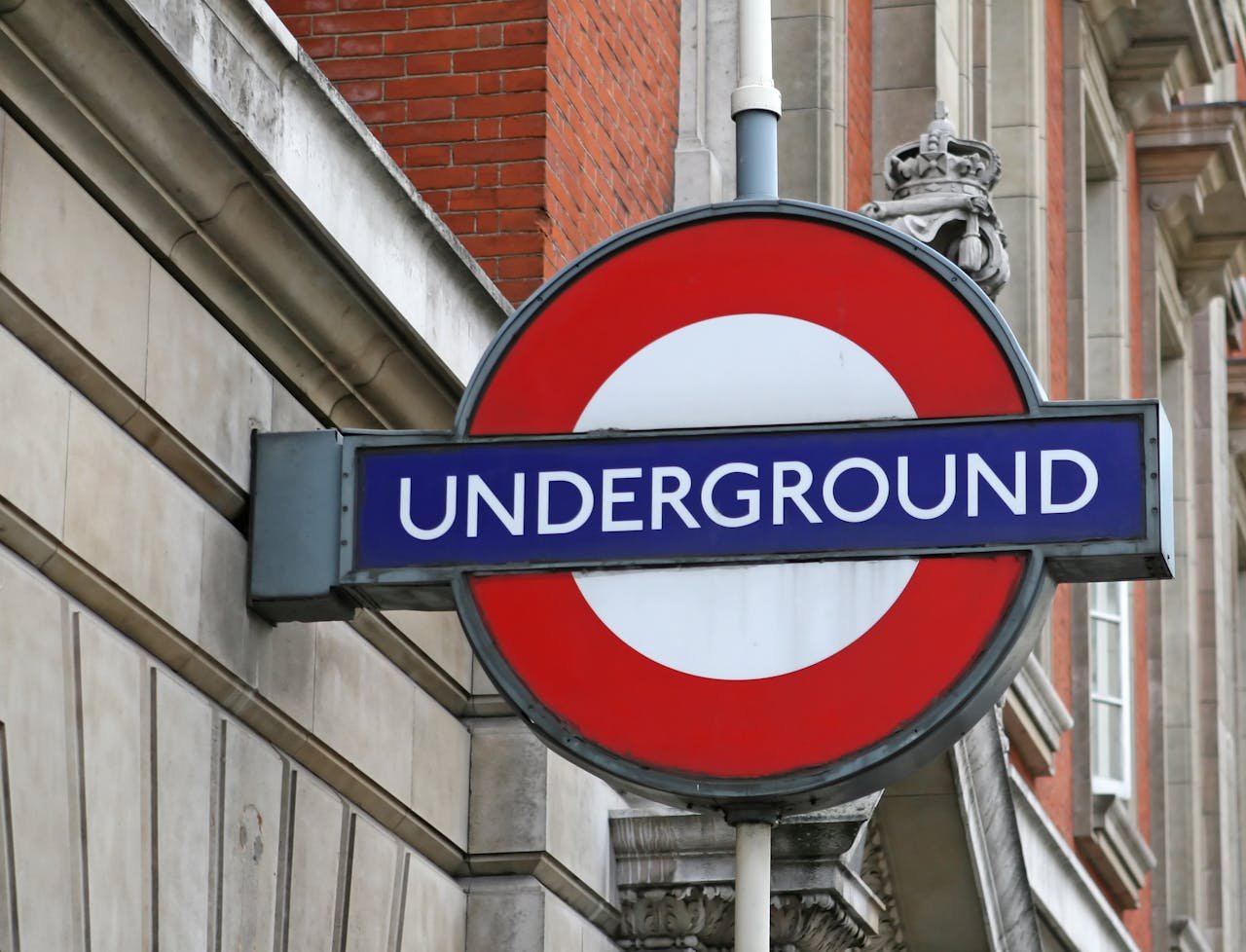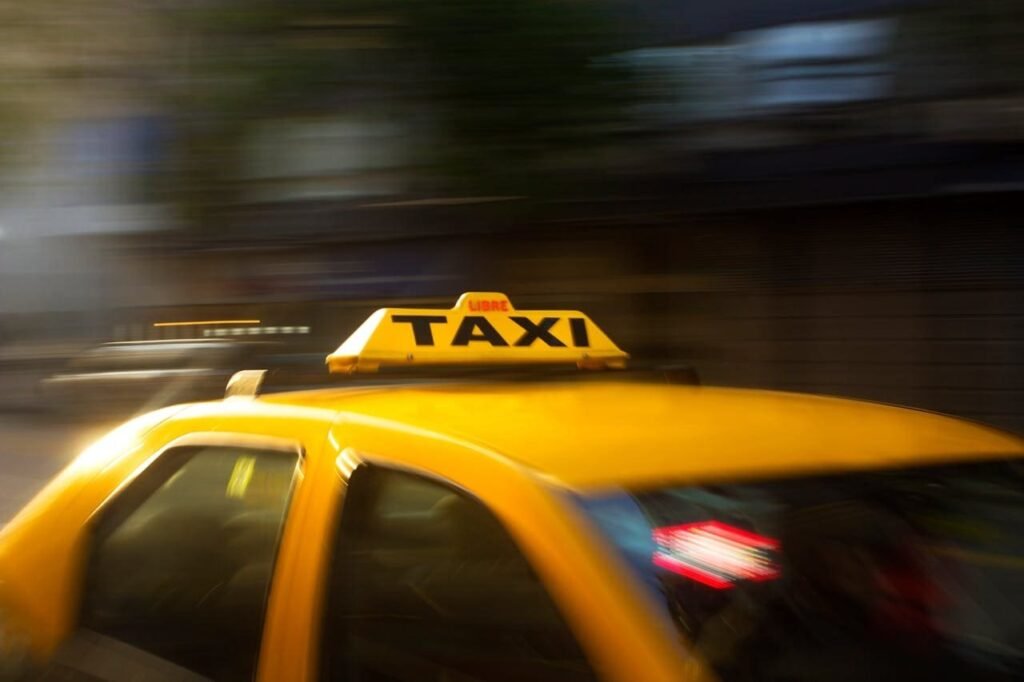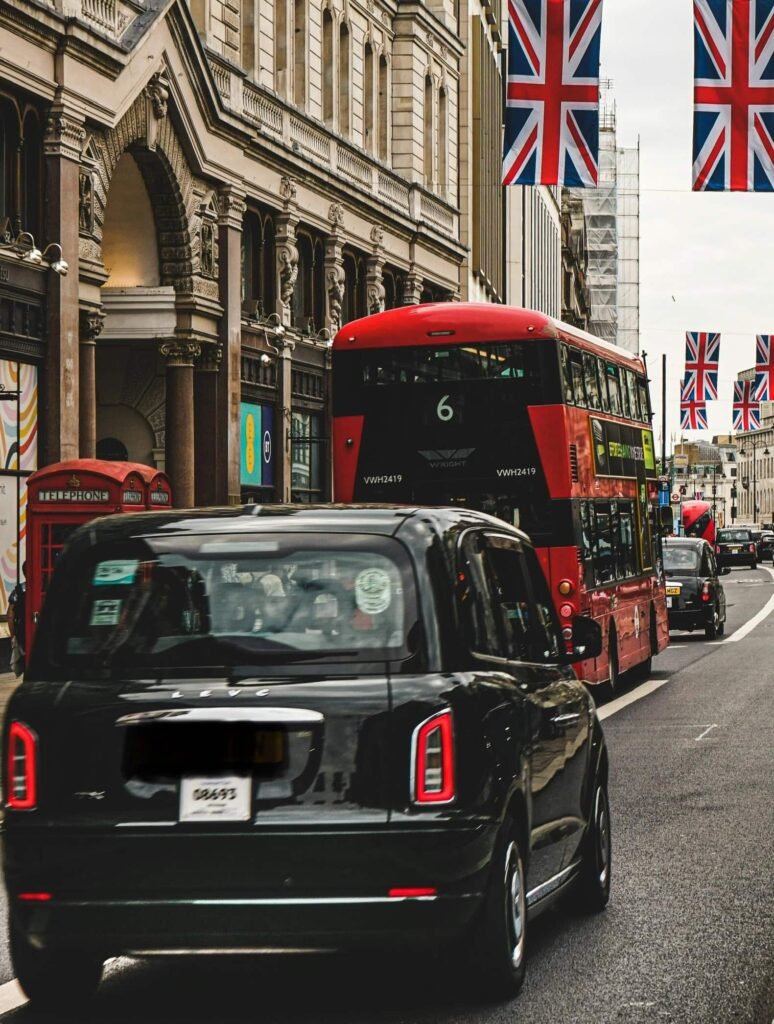Guide to the London Underground
The London Underground, commonly known as the “Tube,” is the lifeblood of London’s public transport system. As one of the oldest and most extensive underground railways in the world, it has served Londoners and visitors alike since 1863. Whether you’re a local or visiting for the first time, learning how to use the tube in London can help you navigate the city with ease.
This guide to the London Tube will cover everything from understanding the Tube map to knowing what to expect at major stations like St Pancras Station. With this, you’ll be well-equipped to move efficiently through London and make the most of your journey.
Navigating the Tube: Tips for First-Time Users
Navigating the London Underground may seem daunting at first, but with a little preparation, it becomes straightforward. Start by familiarising yourself with the iconic London Underground map, which uses colour-coded lines to simplify the process. Major interchange stations, like King’s Cross and Victoria, allow you to transfer between lines easily.
To avoid delays, it’s essential to check Bakerloo train times, especially if you plan to use the Bakerloo train station. If you’re using the Hammersmith and City line, you might be wondering, is the Hammersmith and City line 24 hours? While this line doesn’t operate 24/7, it does run frequently, so make sure to check the Hammersmith and City line train map for updated schedules. If you’re planning to travel during weekends, you should also verify, is the Waterloo and City line open on Saturday? This line operates only from Monday to Friday, between 06:00 and 00:30. There is no service on Saturdays, Sundays, or public/bank holidays. For the latest updates on service hours and line availability, check real-time schedules via the Transport for London (TfL) app or website.
For smooth travel, it’s a good idea to avoid peak hours (7:30-9:30 AM and 5:00-7:00 PM on weekdays) when the trains are most crowded. Understanding the fare zones and getting an Oyster card will help you save money. This bus Oyster card allows you to travel not only on the Tube but also on buses and even some National Rail services.
Payment Options: Oyster Card and Contactless Payment
When navigating the London Underground, choosing the right payment option can save you both time and money. The two most common ways to pay for your journey on the Tube are the Oyster card and contactless payment. Both methods are quick, convenient, and offer discounted fares compared to purchasing single paper tickets.
Oyster Card
The Oyster card is a prepaid smartcard that you can use across London’s public transport network, including buses, trams, and trains, as well as the Tube. Here’s why it’s a popular option:
- Cost-Effective: Fares are cheaper with an Oyster card compared to single tickets. Daily and weekly fare caps ensure you won’t spend more than a certain amount, no matter how many trips you take within a day or week.
- Easy Top-Up: You can top up your Oyster card at ticket machines in any Tube station, or online through the TfL website. There’s even an automatic top-up option to ensure you never run out of credit.
- Bus and Tube Access: The bus Oyster card works not only for Tube journeys but also for buses, making it versatile for navigating London’s public transport.
Contactless Payment
If you prefer not to carry an Oyster card, contactless payment is an excellent alternative. You can use any contactless-enabled credit or debit card, as well as mobile payment services like Apple Pay or Google Pay, by simply tapping the card reader at the beginning and end of your journey.
- No Top-Ups Required: With contactless payment, you don’t need to top up your card. The cost of your journey will be automatically deducted from your bank account or credit card.
- Same Fare Caps: Like the Oyster card, contactless payments also benefit from daily and weekly fare caps. This ensures you don’t overpay, even if you take multiple trips throughout the day.
- International Travellers: If you’re visiting London, using a contactless card means you won’t need to purchase and top up an Oyster card, making it even more convenient. Just ensure that your bank doesn’t charge foreign transaction fees if you’re using an international card.
Which Option Should You Choose?
For regular users or residents, an Oyster card offers added flexibility with auto top-ups and options for season tickets. If you’re just visiting or prefer the convenience of using your regular bank card, contactless payment is likely the easiest choice. Both options provide seamless travel across the London Underground, buses, and other services.
Whichever method you choose, both ensure you can travel efficiently while benefiting from the best possible fares across London’s extensive public transport network.
Train Lines on the London Underground
The tube in London, is divided into 11 main lines, each serving different parts of the city and its surrounding areas. Understanding these lines can greatly enhance your experience and make navigating the Tube more efficient. Below is an overview of the 11 London train lines:
- District Line (Green): One of the longest lines, running from Upminster to Ealing Broadway, Richmond, and Wimbledon. It connects major tourist spots like Westminster and Tower Hill.
- Jubilee Line (Grey): A modern line from Stratford to Stanmore, serving key landmarks like Canary Wharf, London Bridge, and Westminster.
- Metropolitan Line (Purple): Links central London (Aldgate) to the northwestern suburbs, stopping at key stations like Baker Street and King’s Cross.
- Northern Line (Black): Features two branches through Bank and Charing Cross, connecting Camden Town, King’s Cross, and Leicester Square, with routes from Edgware and High Barnet to Morden.
- Victoria Line (Light Blue): A fast and efficient service running from Brixton to Walthamstow, passing through major hubs like Victoria and Oxford Circus.
- Piccadilly Line (Dark Blue): Key for airport travel, connecting Heathrow to central London (Covent Garden, Piccadilly Circus) and Cockfosters in the north. The Piccadilly line train times are frequent, making it a convenient option. Wondering how often does the Piccadilly line run? It operates every few minutes during peak hours.
- Central Line (Red): Spans from West Ruislip to Epping, connecting key areas like Oxford Circus, Liverpool Street, and Stratford.
- Bakerloo Line (Brown): Runs from Harrow & Wealdstone to Elephant & Castle, stopping at popular spots like Baker Street and Oxford Circus- you can use the Bakerloo line train map to navigate.
- Circle Line (Yellow): Loops around central London, connecting major train stations like Paddington and King’s Cross.
- Hammersmith & City Line (Pink): Running from Hammersmith to Barking, this line offers access to King’s Cross St. Pancras, providing an answer to the question, does the Hammersmith and City line go to King’s Cross? Yes, it does. Check the Hammersmith City Line train map to plan your journey.
- Waterloo & City Line (Turquoise): A short commuter line between Waterloo and Bank, operating Monday to Friday only.
Navigating St Pancras Station
St Pancras Station is a key hub in London, offering connections to the Tube, national rail, and Eurostar services. Here’s a breakdown of everything you need to know:
- St Pancras Station Hours: The station is open 24/7, though shops and services may have different operating hours.
- St Pancras Station Exits: There are multiple exits, so be sure to follow signs for the correct direction depending on your destination.
- St Pancras Station Hotel: The luxurious St Pancras Renaissance Hotel is part of the station’s complex, offering convenience and grandeur to travellers.
- St Pancras Station Shops: From high-end boutiques to food outlets, the station houses a wide array of shops for travellers to enjoy.
- St Pancras Station Parking: Parking is available, but it can be pricey. For long-term parking, check the station’s official site for rates and availability.
- St Pancras Station Map: Maps are available throughout the station to help you navigate the various platforms, exits, and services.
Safety and Etiquette on the London Underground
When using the Tube, remember to keep personal belongings close and be mindful of other passengers. Here are a few tips for ensuring a smooth journey:
- Always stand to the right on escalators, leaving the left side for those in a hurry.
- Allow passengers to exit the train before boarding.
- During peak hours, consider offering your seat to those who may need it more, such as the elderly, pregnant women, or individuals with disabilities.
In case of emergencies, locate the nearest St Pancras station exits or follow the posted safety signs. If you need assistance, Tube staff are available at all major stations.
Plan Ahead and Use UK Compass for Assistance
If you’re planning a visit to London, using tools like the Waterloo and City line route map or the Circle line train map can help you navigate more efficiently. For those seeking help in planning their trip, UK Compass connects you with top UK service providers free of charge, ensuring you make the most of your experience in London.
Whether you’re learning how to navigate the tube in London or simply looking for advice on how to use the tube in London, mastering the system will make your stay more enjoyable. With efficient planning, the London Underground becomes a convenient and cost-effective way to explore everything the city has to offer.





